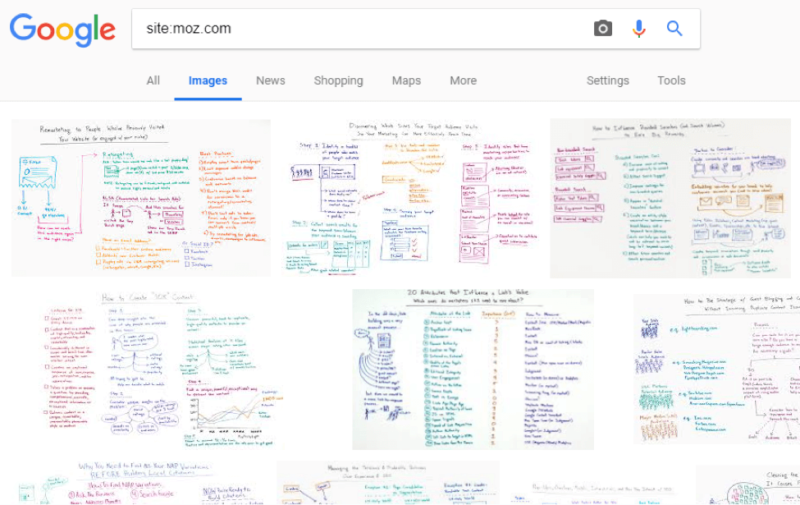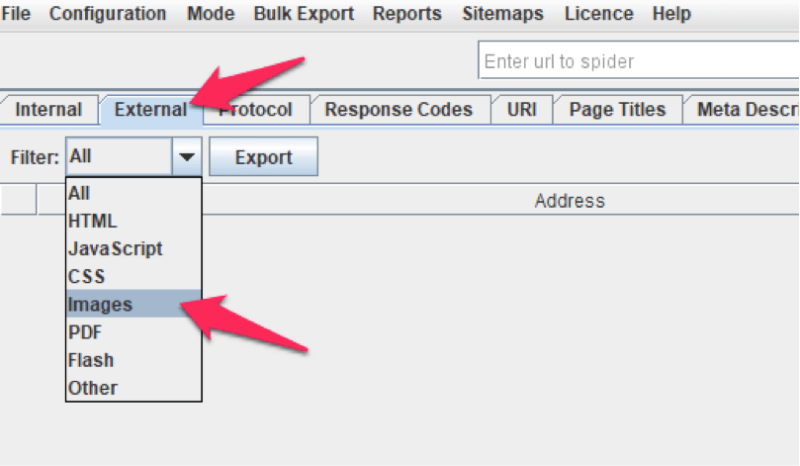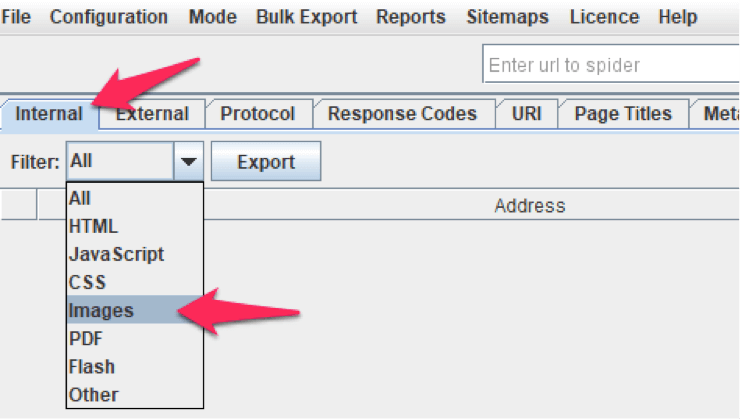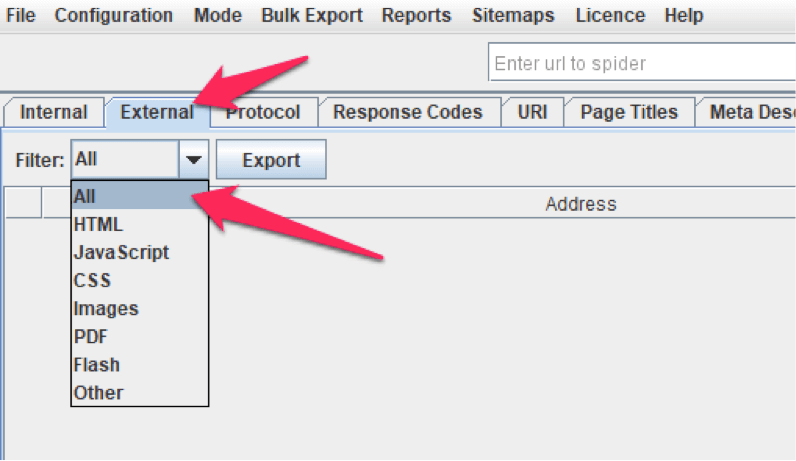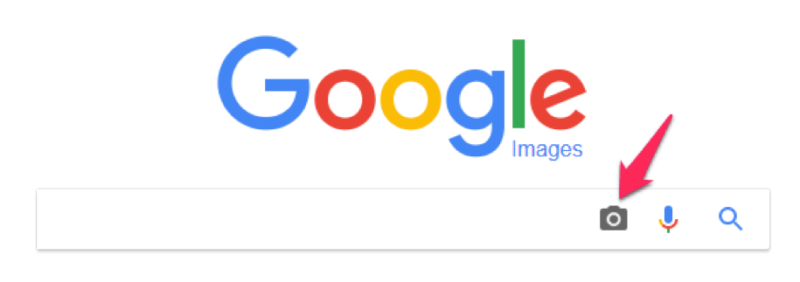4 concrete ways to use images to build links
Every picture tells a story and also may help you build links. Contributor Pratik Dholakiya shares four solid ways to use images to attract links.

“Create visual content and the links will follow” is a nice sentiment, but in reality, it’s a prerequisite, not a guarantee of the fulfillment of a promise.
If you want to use images to earn inbound links, you need a concrete plan with some specific actionable goals.
Here are four ways you can use images and visual content to build links and drive traffic. Use the following tactics to get the ideas and inbound links flowing and build a smart strategy for your brand.
1. Become your industry’s stock photo site
It’s become more or less a standard in this industry to ensure that every blog post needs to feature at least one image to keep people engaged and be taken seriously, with a few exceptions.
In many cases, those images are stock photos with some thematic connection to the topic of the post, rather than original image content.
There’s nothing inherently wrong with using stock images, but you can take advantage of it by becoming a go-to resource in your industry for visual content.
Here are some ideas to help you do that:
- Make a list of niche keywords in your industry, and perform an image search on Google to see if there is a lack of good images out there.
- Create images that represent something insightful about those keywords and their related topics. This could be in the form of original journalistic photographs, data visualizations such as infographics or visual metaphors.
- Create a blog post around your visual content and include an embed code to make it easy for people to reuse the image with credits. Look for an “embed code generator” tool to help create embedded code.
- Create a “stock photo” page on your site that collects all of your original images, along with embed codes. The title of the page should include those phrases bloggers use when searching for images, such as “free stock photos,” “public domain images,” “creative commons images” or similar phrases, as well as the relevant niche terms. Make sure to include image alts and image labels in text for the more specific keywords. Include your embed codes here as well to make sure it’s easy for people to link to you with credit.
Bear in mind that your visual content doesn’t necessarily need to be the most amazing thing ever, as long as it addresses topics that aren’t as readily addressed in other images.
Examples of this are the top image results for Moz. Their Whiteboard Friday images lack visual flair, but they get the point across.
2. Identify image keywords bloggers are likely to search for
This is related to the tactic above, but it’s a topic with enough depth that it deserves its own section.
The goal here isn’t just to identify keywords your consumer audience is searching for, or even keywords that other influencers in your industry are searching for.
You need to specifically identify keywords that bloggers and influencers are using images for and linking to.
Start by scraping a few prominent sites in your niche and looking for patterns. Here is one approach I recommend using:
- Use Screaming Frog to crawl a top publisher with an audience similar to yours.
- Go to the “External” tab and select “Images” from the filter.
- Export the image links and analyze the image alt text for any patterns.
Unfortunately, most publishers these days don’t use external links to display images; instead, they host the image on their own site, with an image credit link. Since these links aren’t embedded in the same hypertext markup language (HTML) as the image itself, there’s no easy way to identify image credit links.
What you can do, however, is crawl the site for their internal images and analyze the image alts they are using for some ideas:
While you won’t be able to immediately tell which images are credited to other sources and which were produced internally, you can quickly determine what topics their visual content tends to focus on.
You can also do a crawl of all external links and export the anchor text:
While this won’t limit the external links to image credits, it will help you identify the kind of topics they are most willing to link out to. Combining that with your image alt data and some manual inspection, you can start to get a clear idea of what kinds of keywords to target with your images.
Repeat this process for several top publishers until you have a clear, extensive list of keywords to target, with your original images.
Now test the viability of your keywords by:
- Testing the keyword volume in the Google Keyword Planner. You don’t need a lot of volume, since the keywords you are focusing on should be keywords searched for by bloggers, not general audiences. But you will need to make sure enough people are searching for the topic that bloggers would regularly come across the image.
- Search for the keyword with Google image search to see what comes up. Image quality is a big factor, but relevance is even more important. What you are really shooting for is a keyword without a good image designed to convey the idea clearly. As long as you go tight enough with your niche, this is more common than you might think.
- Avoid generic keywords. Generic keywords should be a jumping-off point only. You should be looking for highly specific keywords that convey very clear concepts that can be presented visually.
- Use a tool such as SEMrush to estimate the difficulty of ranking for the keyword.
3. Reach out to people using your original images
If you are creating original visual content and publishing it to your site, and you have a decent amount of exposure in Google Images, there is a very good chance people are using your images without linking to you.
Capitalize on this by contacting these people and politely asking them to give you credit with a link. (In all but the most egregious monetized cases, I would avoid making copyright threats, especially since it is more likely to result in their removing the image than linking to you for credit.)
To find sites that are using your image, go to Google Images and click the camera icon:
You’ll be asked to paste an image URL or to upload an image:
Now, paste the image URL (pointing to the image itself, not the page it’s on) into the “Paste image URL” tab, or click “Upload an image” and browse through your folders to locate the image if you are storing it locally on your machine. You can also just drag and drop an image into this pop-up.
Then click “Search by image.”
Scroll past the “Best guess for this image” and “Visually Similar Images” results, down to the “Pages that include matching images.” Click through to verify that they are still using the image, find their contact information, and send them an email requesting they cite your image with a link.
If you are producing a lot of image content on a regular basis, this process can get tedious, so it’s better off being automated. In that case, you can use the sites that allow you to do “reverse image search” for a larger number of images on a periodic basis.
4. Perfect your image-to-word ratio
According to a study by BuzzSumo, the blog posts that receive the most shares on Facebook and Twitter are the ones that include one image for every roughly 75 to 100 words.

Since there’s a relatively strong correlation between social sharing and the number of inbound links you earn, getting the right mix of images and words can be a smart link-earning strategy.
As with any statistic, especially one based on observational analysis instead of experimentation, it should be taken with a grain of salt. Rather than considering this “best practice,” use it as a jumping-off point, test a few different ratios over time and measure what seems to work best within your niche.
In most niches, the more hardcore your fan base, the more knowledge-hungry they are, meaning that they will be more willing to read walls of text (although you’d better be leveraging your white space even if that’s the case).
You may also find that your link-earning and social media activity aren’t as heavily correlated in your industry.
Regardless, the point stands. Measuring your image-to-word ratio — and how it correlates with the number of inbound links you earn — will help inform your link-earning strategy and allow you to make more optimized decisions.
Now, it’s time to put these ideas to use and up your visual SEO game!
Contributing authors are invited to create content for Search Engine Land and are chosen for their expertise and contribution to the search community. Our contributors work under the oversight of the editorial staff and contributions are checked for quality and relevance to our readers. The opinions they express are their own.
Related stories
